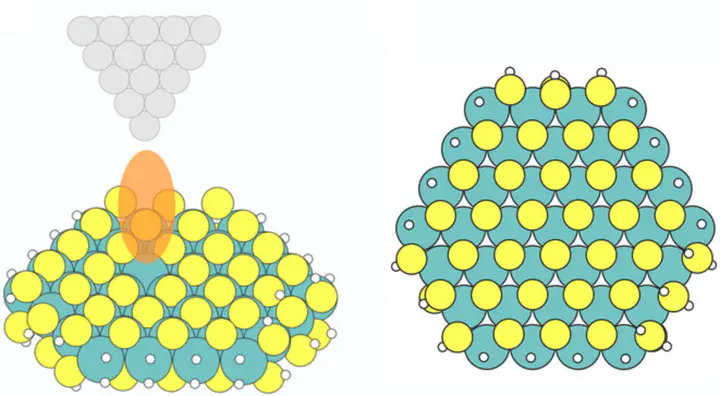A Hybrid-DFT Study of Intrinsic Point Defects in MX2 (M=Mo, W; X=S, Se) Monolayers

Abstract
Defects can strongly influence the electronic, optical and mechanical properties of 2D materials, making defect stability under different thermodynamic conditions crucial for material-property engineering. In this paper, we present an account of the structural and electronic characteristics of point defects in monolayer transition metal dichalcogenides MX2 with M=Mo/W and X= S/Se, calculated with density-functional theory using the hybrid HSE06 exchange correlation functional including many-body dispersion corrections. For the simulation of charged defects, we employ a charge compensation scheme based on the virtual crystal approximation (VCA). We relate the stability and the electronic structure of charged vacancy defects in monolayer MoS2 to an explicit calculation of the S monovacancy in MoS2 supported on Au(111), and find convincing indication that the defect is negatively charged. Moreover, we show that the finite-temperature vibrational contributions to the free energy of defect formation can change the stability transition between adatoms and monovacancies by 300–400 K. Finally, we probe defect vibrational properties by calculating a tip-enhanced Raman scattering image of a vibrational mode of a MoS2 cluster with and without an S monovacancy